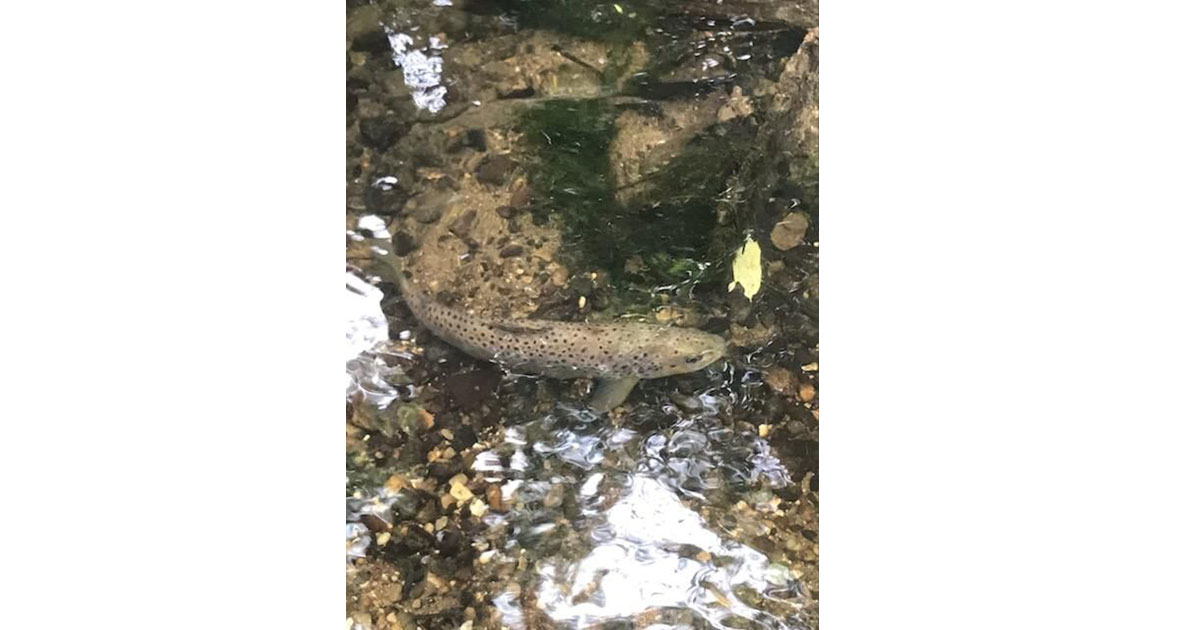By Louie Stout
 Brown Trout
Brown Trout
If you like brown trout, you’re gonna love what the Indiana DNR is doing.
Instead of relying upon other states to provide brown trout when they are available, Indiana has embarked upon a program to become self-sufficient, raise its own fish and increase stocking numbers for inland waters.
About 2,500 browns obtained from Ohio were stocked in 2021, but about 400 were held over as brood stock for future egg collection.
About 7,200 Indiana-raised fish measuring 6 to 8 inches were stocked recently from eggs collected in 2022 and the state hopes to produce even more in the future. It’s currently sitting on about 10,000 and a large portion - providing they survive well in hatcheries over the winter - will go in next spring as about 13 inchers.
“It’s difficult to develop a fishery with inconsistent stocking,” said Matt Horsley, northern fisheries biologist. “With us having complete control, we can develop more trout fishing year round. That’s something that die-hard trout fishermen want.”
Rainbows and browns are cheaper to produce than other cool water species such as advanced walleyes or muskies and the hatcheries have room to raise the additional fish.
On the other hand, brown trout differ from the usual rainbows that get stocked prior to the spring opener.
Put-and-take rainbows tend to be a little easier to catch but browns are more water temperature tolerant. They also can survive in marginal habitat, such as what is found in most Hoosier streams and lakes. The DNR hopes to build a put, grow and take fishery with the browns.
Browns grow to more than 20 inches and are hefty fighters that tend to jump more than rainbows, making them a favorite target for fly fishermen.
The Little Elkhart Chapter of Trout Unlimited has been having success with its own stocking on the Little Elkhart River, said Horsley. The Elkhart Conservation Club also has been stocking browns, and the DNR has been working with them as well.
“They are seeing some bigger fish in the Little Elkhart because of the work they have been doing,” noted Horsley. “With us raising our own and stocking annually, we hope to build a fishery that will eliminate the need for our anglers to travel out-of-state for year-round trout fishing.”


